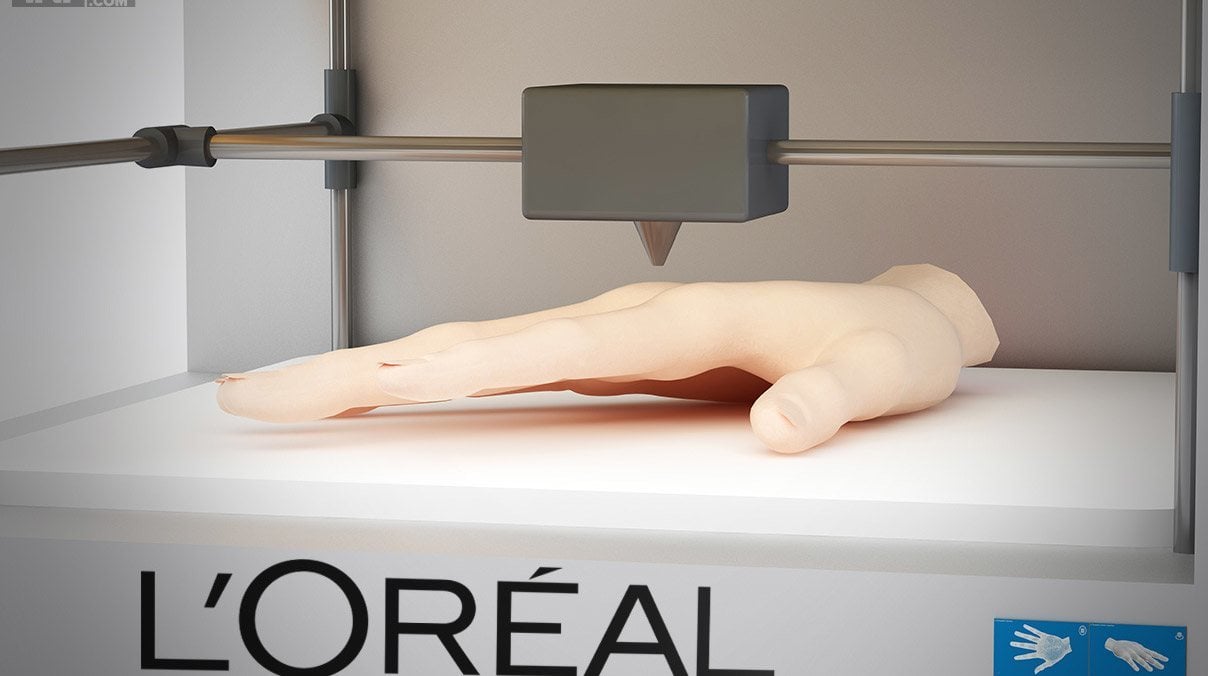L’Oreal has built a billion dollar empire and must find ways to test out all those creams and lotions before selling them to the public. They now plan to test those products on living human skin made from a 3D bioprinter. The whole idea might sound kind of creepy, but is a step in the right direction for cosmetics testing.
For years the company came under fire for testing on animals, but the cosmetics manufacturer has recently established a partnership with 3D bioprinting firm Organovo. This isn’t L’Oreal’s first foray into working with cultured skin; they have actually been working with it since the 80s with their patented Episkin, but it’s a very slow and pricey process. It takes a team of around 60 scientists a week to separate cells sourced from tissues donated by plastic surgery patients. The samples are then grown layer by layer to create something as “natural” as possible. “We create an environment that’s as close as possible to being inside someone’s body,” said Guive Balooch, global vice president of L’Oreal’s tech incubator.
The lab is able to make nine different types of cultured skin in a variety of ethnicities and only uses about half of what it produces. The rest is sold to competitors.
The 3D printing method will eventually help to not only speed up the process, but lower the cost – current cultured skin samples cost around $70 a pop. For the time being, L’Oreal plans to work with Organovo to improve the quality of 3D bioprinted skin, with the ultimate goal being to automate the process. That likely won’t happen for at least a few years, though.
This is just a baby-step in the future of 3D skin printing technology. A team at Wakeforest is also working on experimenting with 3D printed skin for burn victims. The printer that the scientists are using requires just a healthy patch of skin 1/10 the size of the burn to cultivate enough cells for printing new skin. Depending on how successful the L’Oreal/Organovo partnership is, it could have an incredibly positive impact on the development of skin bioprinting to treat burn victims.
The project’s goal is to bring the technology to soldiers on the battlefield within the next five years.

